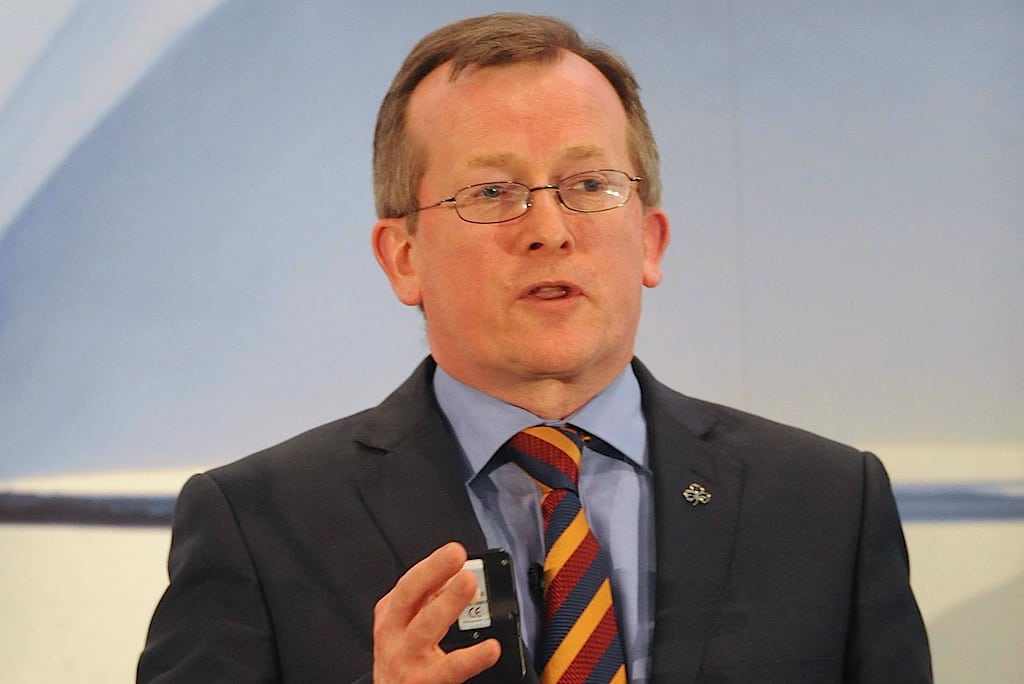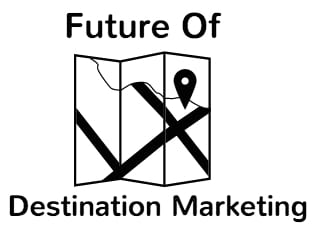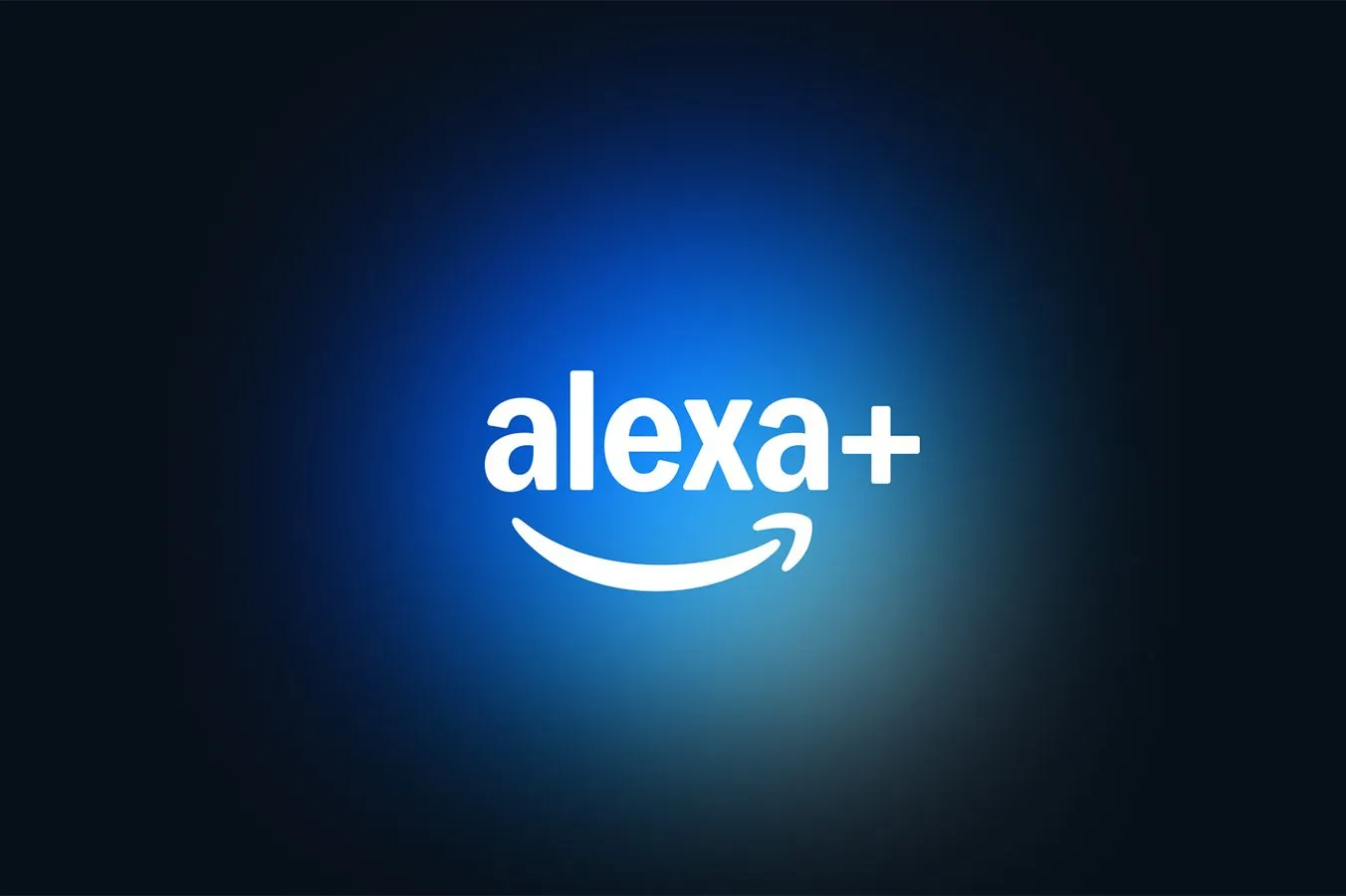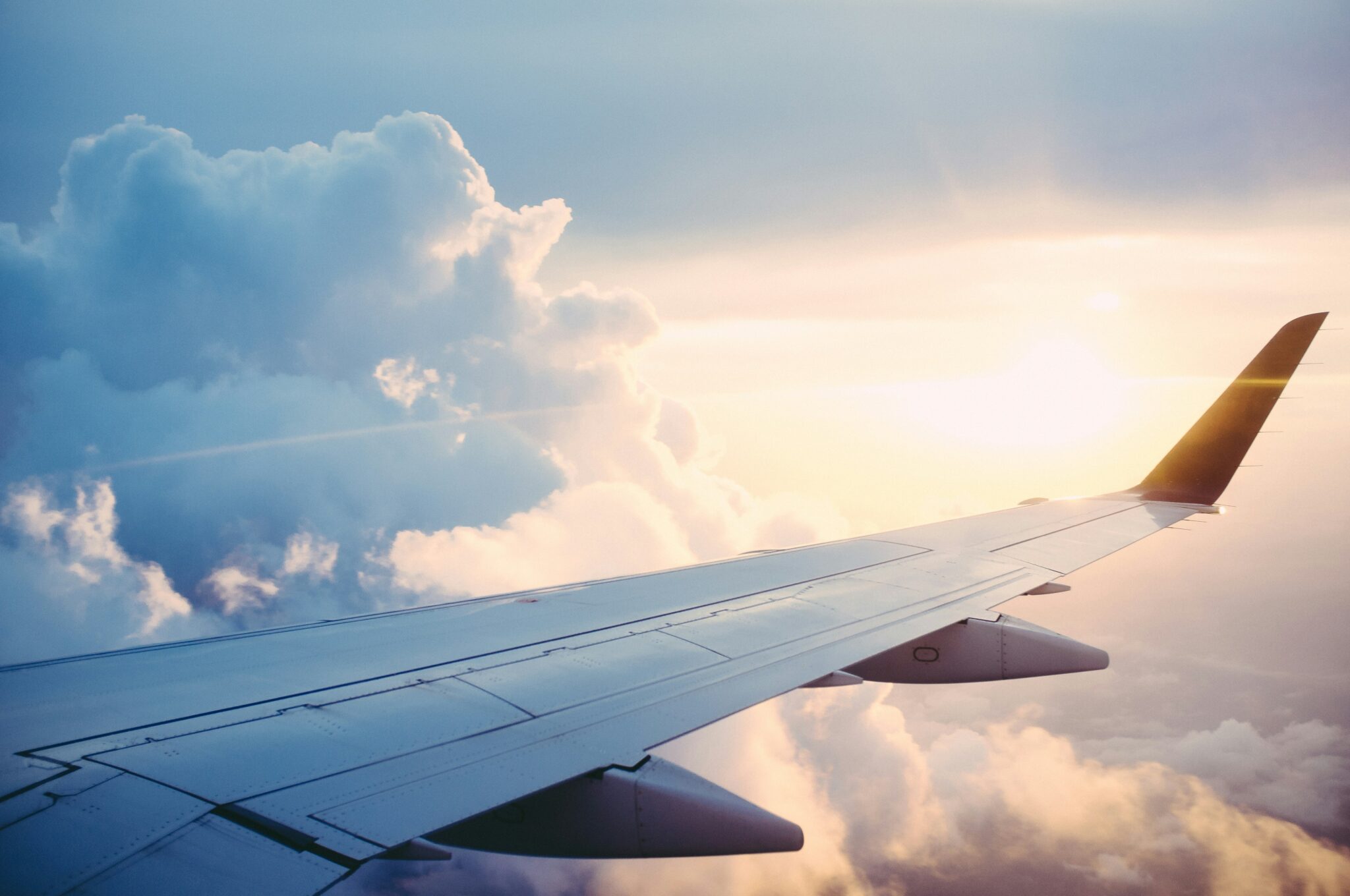Interview: Tourism Ireland CEO on Targeting the Right Markets

Skift Take
Editor’s Note: Skift has started a new series of interviews with CEOs of destination marketing organizations where we discuss the future of their organizations and the evolving strategies for attracting visitors. Read all the interviews as they come out here.
This continues our series of CEO interviews that began with online travel CEOs in Future of Travel Booking (now an e-book), and continued with hotel CEOs in the Future of the Guest Experience series.
Ireland is having a moment.
Tourism from the United States to Ireland grew 13 percent in 2014 to 1.2 million visitors, building on top of five years of consistent growth. Ireland today claims about 10 percent market share of American travelers to Europe, the highest share it’s ever reached.
A growing global economy and uptick in international travel no doubt contributes to its success, but Tourism Ireland has also actively sought out additional visitors through a number of campaigns.
Tourism Ireland revealed a new $3.4 million website, complete with the domain name Ireland.com, in 2013. Gibbons backed the spend at the time calling the site an important way to stand out amongst growing competition.
In 2013, Tourism Ireland launched The Gathering, a year-long series of events aimed at foreigners with Irish roots, to reinvigorate tourism after the financial crisis. Visits to Ireland from North American rose 17 percent in the first quarter following the campaign’s launch.
Ireland also received an unexpected marketing boost from the popular HBO series Game of Thrones.
Last year the tourism board revealed a Games of Throngs-themed campaign alongside the series’ season four debut. The campaign drove visitors to a website that mapped out where show locations are in real life and links to deals and booking tools.
Skift recently sat down with Tourism Ireland CEO Niall Gibbons to discuss marketing priorities, funding issues in Ireland and across Europe, and the development of Northern Ireland as a destination.
An edited version of our interview can be read below:
Niall Gibbons: The Ireland brand is very strong in the United States and that doesn’t just happen. There’s been a consistent and persistent investment over the years. We evaluate where we are in the market every three years. Are we doing the right things? Are we talking to the right people? Are in the right channels?
The travel tourism industry is always changing and you have to keep abreast of customers’ expectations. We’re seeing changes in the type of people that are coming to Ireland. This allows us to evolve and adapt our marketing strategy.
My counterpart at VisitBritain, Sally Balcombe, is keen to work with us in this marketing.
Skift: What does a partnership between Tourism Ireland and VisitBritain look like?
Gibbons: In markets like China and India, we are starting with a blank canvas to some extent. People aren’t aware of what our destinations have to offer. We don’t have a strong brand presence and can’t afford to invest in a market like this because we don’t have direct air connectivity, the visa requirements are quite restrictive, and there are language and cultural barriers.
To someone from China or India, the UK and Ireland are very similar products so marketing them together makes an awful lot of sense.
Skift: You've mentioned that the kind of tourist coming from to U.S. to Ireland was changing. How so?
Gibbons: Ten years ago, 70 percent of the people who can from the U.S. to Ireland had family connections to the country but now it’s only 30 percent. That means 70 percent of the people coming have no ancestral connection at all, which is quite an interesting change in the mix.
We’re seeing a lot of new business from California and the southern states. This is really encouraging for us, because there’s a new customer out there considering Ireland as a holiday destination.
We are seeing a younger visitor as well, which has allowed us to adapt our message and look at a newer segment called the “younger, independent traveler.” People from North America traditionally stay 8 and a half days, but there are people now who are happy to come for 5 or 6 days. We have to adapt our proposition for that younger, independent market.
Skift: What’s the most important marketing channels that you’re using today?
Gibbons: They’re all important but the digital space is certainly the most important one. Principally, it was investment into the website but social media is really important as well. The two go hand-in-hand. We also have a very big email database of about 6 million people that we send targeted campaigns to every so often.
We used to talk about doing a major new campaign every three years but we’ve moved away from that number and are now continuously refreshing our inventory of assets. Rather than have one big production, we’re constantly evolving the campaign.
This year is a really nice evolution of the “Jump Into Ireland” brand, which is “Jump In It Now.” There’s a big of urgency to drive conversion in 2015.
Skift: How did you decide on this message? What behaviors were you seeing the marketplace that led to that campaign?
Gibbons: We see that the Ireland brand is very strong in terms of people’s intent. They certainly have the intent to visit at some point in the future, but we need to get them to come now. What we’re saying is, “Look, there’s never been a better time, the value is really really good.” The dollar is very strong against the euro. The connectivity is an important piece too; it’s never been easier to get to Ireland. There’s a lot of ingredients that really work in our favor.
Skift: Once travelers are in a destination, they starting to use mobile devices to research and make decisions on the ground. What are you doing to talk to travelers once they’re here?
Gibbons: Our main focus is to get them to come. We have a sister agency, Failte Ireland, that works in Ireland to help the industry deliver the experience that we promise. Their job is to make sure that the industry is meeting standards, innovating the range of available products. Our job is to get them on that plane and into Ireland.
Skift: What trends are you seeing in terms of destination marketing including its tone, how it’s done and how it’s communicated to travelers?
Gibbons: The consumer wants us to talk to them on their terms. They want to be able to see themselves in the destination. That’s something that we have to deliver on. We’ve migrated away from traditional advertising towards the digital space, much like every has to some extent.
Research is critical. It’s not just doing what we think is right; we’re always researching the marketplace to see how things are changing and evolving. That’s the key ingredient of growing market share. The travel industry is going to continue to expand, but it’s expanding at a much slower rater for more traditional markets than for the rest of the world. We have to listen to our customers really carefully to make sure we deliver on their needs, that their expectations are fulfilled. If we do that then the prospect for repeat business is very good.
Skift: Let’s talk about the role of destination marketing organizations within the broader travel industry. How has it changed and how will it continue to change?
Gibbons: We are far more focused on collaborating with the industry today. It’s not about producing ad campaigns. It’s about researching what customers are looking for, talking to the industry on the ground, and making sure that marketing is pitched at the right tone.
Funding is an issue for a lot of organizations, particularly in the current climate. A lot of governments are stepping back and asking, “Why should we invest in marketing our destination?" or saying, "Maybe that’s the job of the private sector.”
There’s a view within Ireland that tourism is, in a sense, a market failure because it is made up of 18,000 small or medium-sized enterprises. It wouldn’t be possible for all the small companies to reach the critical mass that the government can deliver. That’s the basis on which the Irish government invests about $50 million for tourism marketing in 22 markets. We have to sing for our supper; we have to justify what we do. There’s a lot more potential; we could grow an awful lot if there were more investment.
I sit on the European Travel Commission, which is a consortium of 30 different tourist boards. Everyone has the same problems. In more more mature countries like Germany and France, you’re seeing a trend of government pulling back to let the private sector take hold. In more evolving countries like Croatia, you’re finding governments step in because the industry doesn’t have the expertise or structure to invest in the market.
There’s a fascinating range of conversations going on within Europe about how Europe presents itself to the world. There’s always an interesting conversation between the national and regional tourist boards as to how they collaborate and cooperate. It’d be very easy to go out and compete against the people that you should really be working with. That’s a key lesson for us.
There’s only one brand out there that’s jumping for Ireland and we all have to get our shoulders behind the wheel.
Skift: Why is it so hard for destination marketing organizations to secure funding even as travel’s economic impact continues to grow and become increasingly recognized?
Gibbons: The issue of funding is always a difficult one. We are 95 percent dependent on the Irish government for our funding. You are competing against a whole range of issues including health, education and welfare. In the current economic climate, all governments have been cutting back their spending and looking where to direct their funds. It’s sometimes hard to justify a tourism marketing campaign when you have difficulties in hospitals and schools. The argument that we could make is that, in Ireland, tourism taxation delivers more then $1 billion, which helps to employ nurses and teachers.
Skift: What would you do if you have ten times more funding?
Gibbons: I’d invest money in research and evaluate where I am likely to get the best return on investment. I would invest more in the U.S. market and develop important markets like India and China.
There’s one other market that’s become good for Ireland, which is Germany. The allure of Ireland is very strong but they can’t get over what to do here for their two-week holiday. The real challenge for us is to try and fill that gap in their mind. We saw a 17 percent increase in Germans coming to Ireland last year.
Skift: As CEO, what percentage of your job is political and what percentage deals with actual marketing strategies and plans?
Gibbons: Very good question. There are a lot of politics involved because we are a cross-boarder agency, born out of a peace agreement. It’s probably 50/50 because I need politicians to sign off on my plans and I have a very good team that looks after the strategy side of things. I come in at a very high level, scanning the horizon and looking at the key opportunities.
Skift: What’s a topic that we haven’t touched on but that you think about often?
Gibbons: One of the big legacies for Tourism Ireland, and one of the most interesting experiences, has been the Northern Ireland issue. We took it on, from a marketing perspective, back in 2002 when it was just emerging form 30 years of trouble.
Tourism wasn’t seen then as a great opportunity because perceptions of security and safety were very poor. We had a really good team on Discover Northern Ireland and I think the whole proposition has been enhanced by working with us. There’s now a good sense of direction and its share of business has increased. The percentage of people who come to Ireland and visit Northern Ireland grew from nine percent to 21 percent.
We will soon have a generation of people who are growing up in peaceful times. It’ll be interesting to see what happens in the future.





